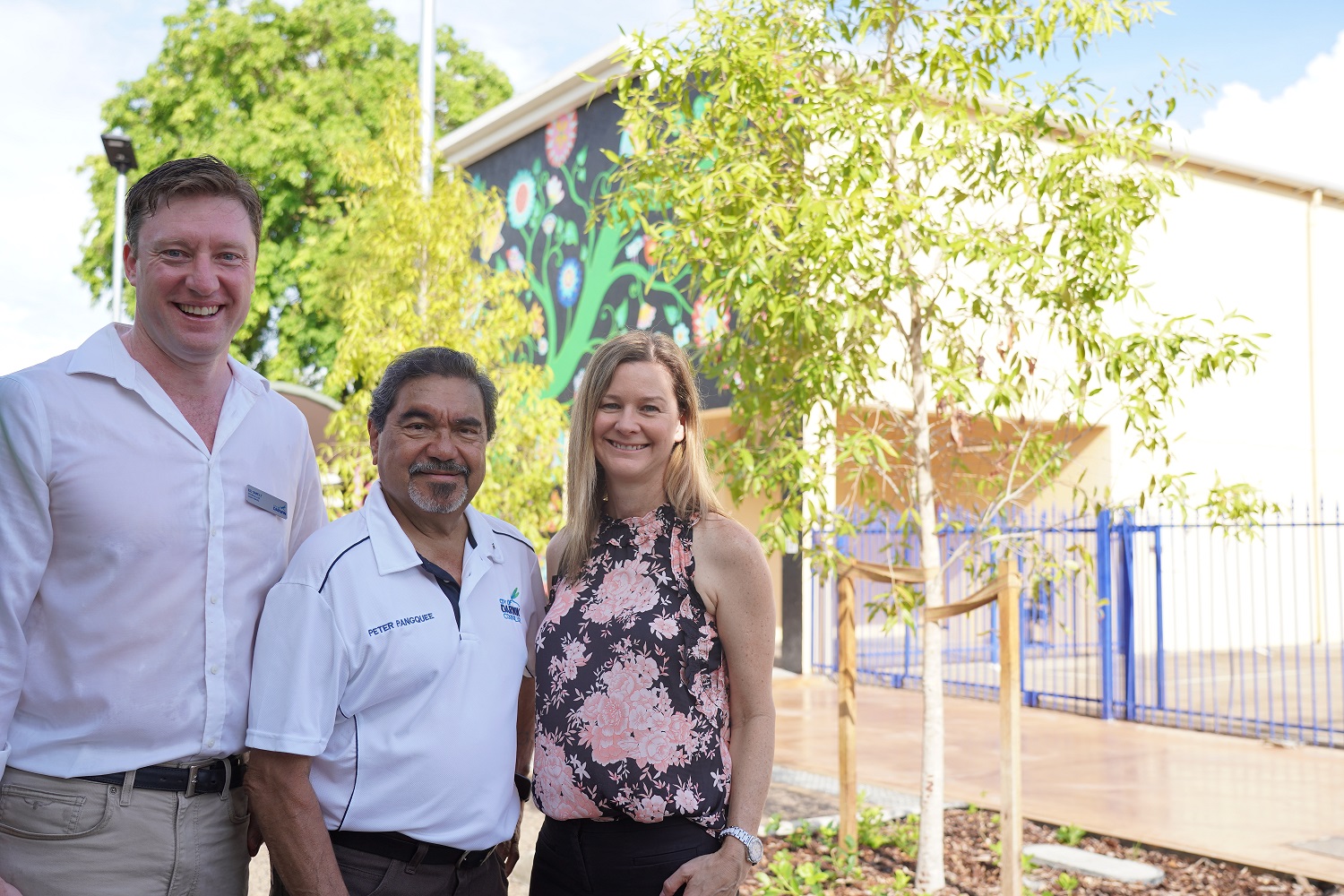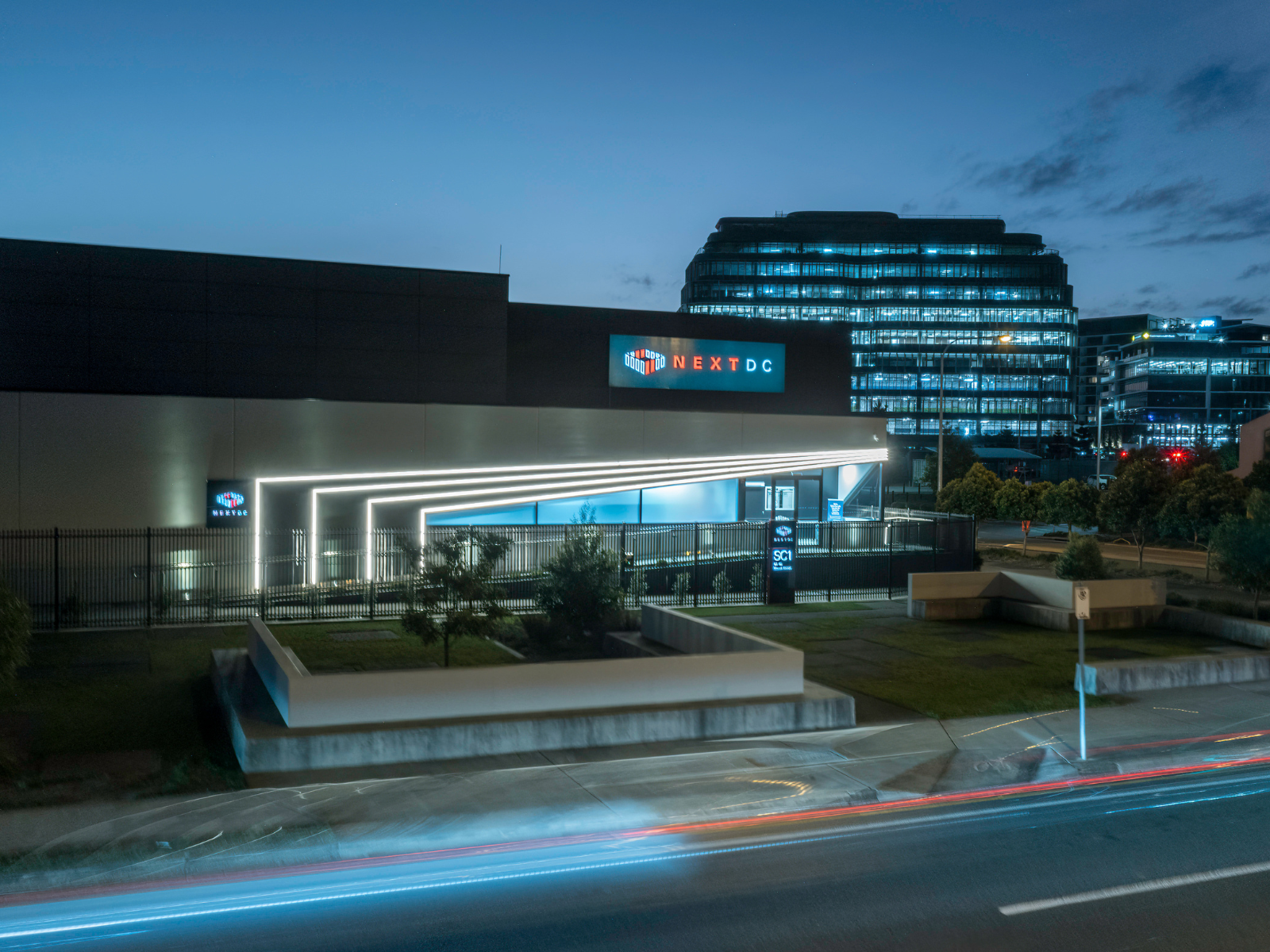
The work of one of Western Australia’s most respected artists, Philippa Nikulinsky, will be showcased at the Lawrence Wilson Art Gallery at The University of Western Australia from tomorrow, Saturday 25 May.
Nikulinsky Naturally surveys her practice, from the earliest works recording the botanical treasures of biodiversity hotspots around the state, to the recent experimental scroll drawings and hanging scrolls that provide a panoramic scoping of the landscape and its embedded foliage.
Professor Ted Snell, UWA Cultural Precinct’s Chief Cultural Officer and exhibition curator, has also edited a book to accompany the exhibition: Nikulinsky Naturally: An Artist’s Life.
For the past half-century, when she wasn’t in the field searching for new plants and seeking new environments to document, Nikulinsky was working a lofty, well-lit studio at the bottom of her garden.
As an artist she has interrogated the extraordinary ecology of Western Australia, always with a respect for, and commitment to, the disciplines of botany and science.
Like numerous artists before her, she navigates the sensitive pathway between art and science determined to keep true to both as disciplines with their own rules, guidelines, and determinants, while simultaneously acknowledging her focus can weave back and forth across those permeable boundaries.
She has toured every part of Western Australia, taking in the coast, the arid interior and the lush southwest, finding the beauty and recording the remarkable biodiversity in each environment.
Professor Snell said many of Nikulinsky’s larger scroll works had never been publicly displayed, having been created by the artist’s compulsion to master the technical accomplishments of picture making.
“Philippa Nikulinsky is an artist informed by the long history of artistic engagement with the unique ecologies of this land who is concurrently reflecting contemporary concerns and aspirations about the nature of visual arts practice,” Professor Snell said.
“I see her as an artist who represents a bridge between manifold ways of understanding the world and traditional and contemporary modes of its representation.”
The exhibition will include complete bodies of works documenting the life-cycle of the banksia, an installation of commercially produced china painting, a full-wall installation of cover pages for the magazine Landscope, five hanging silk scrolls, four large panoramic works six metres in length, a series of poster works and extensive examples of field drawings and studies leading to final works.
Image caption: Philippa Nikulinsky finishing the painting of Eucalyptus caesia in studio.








